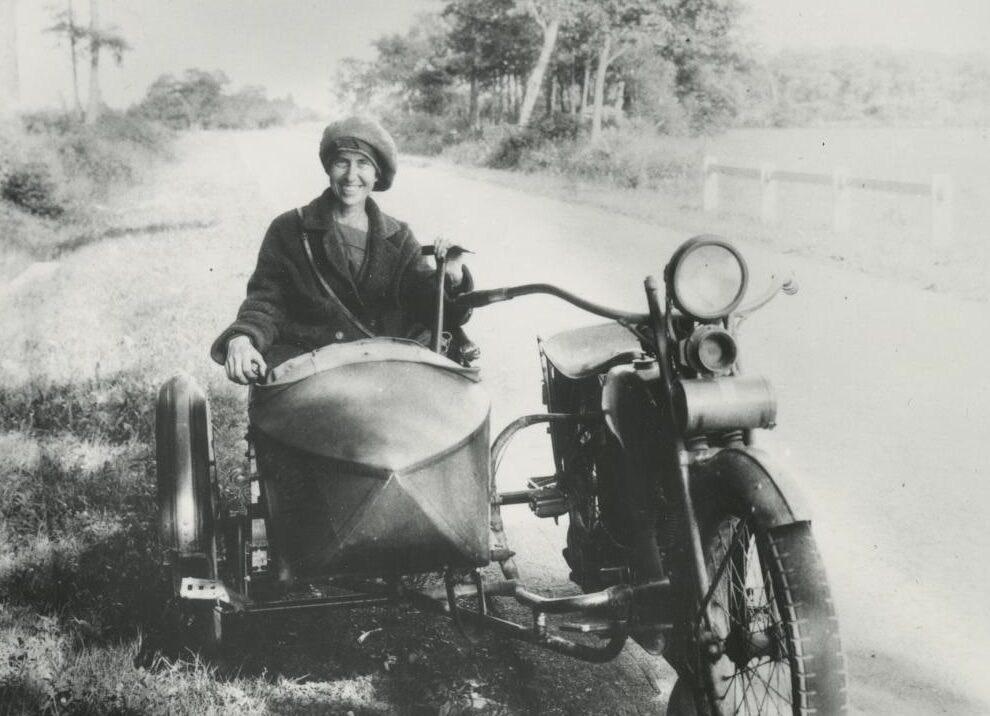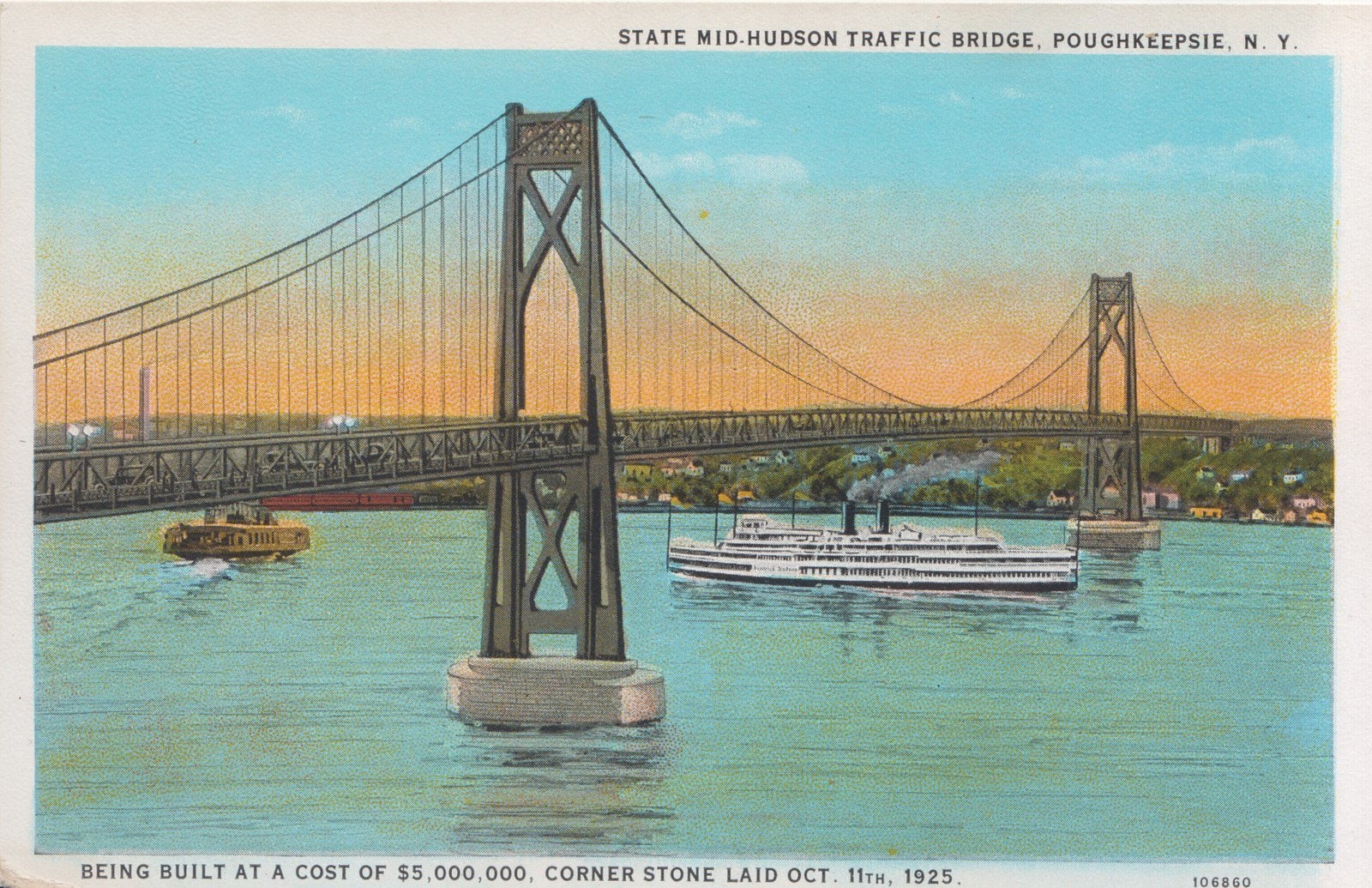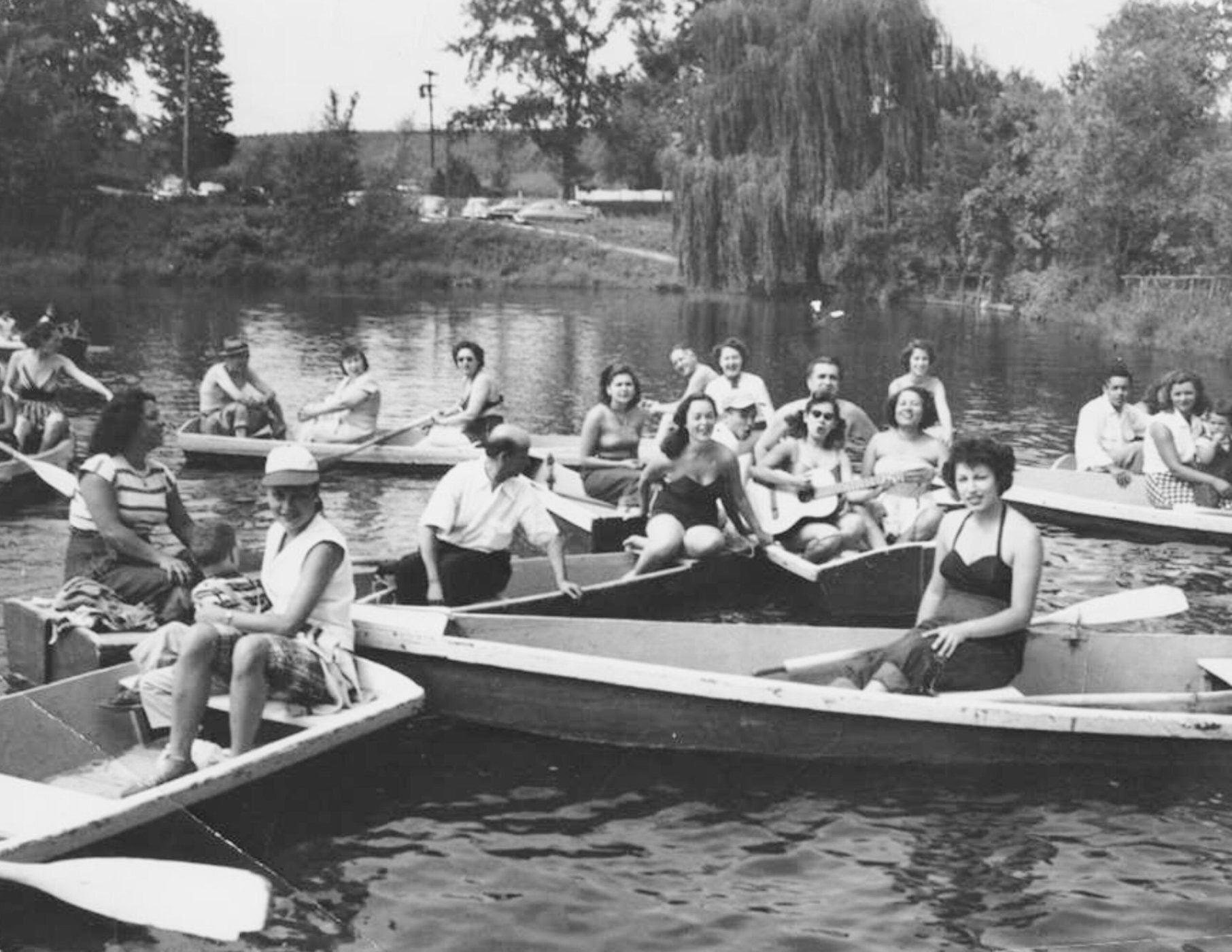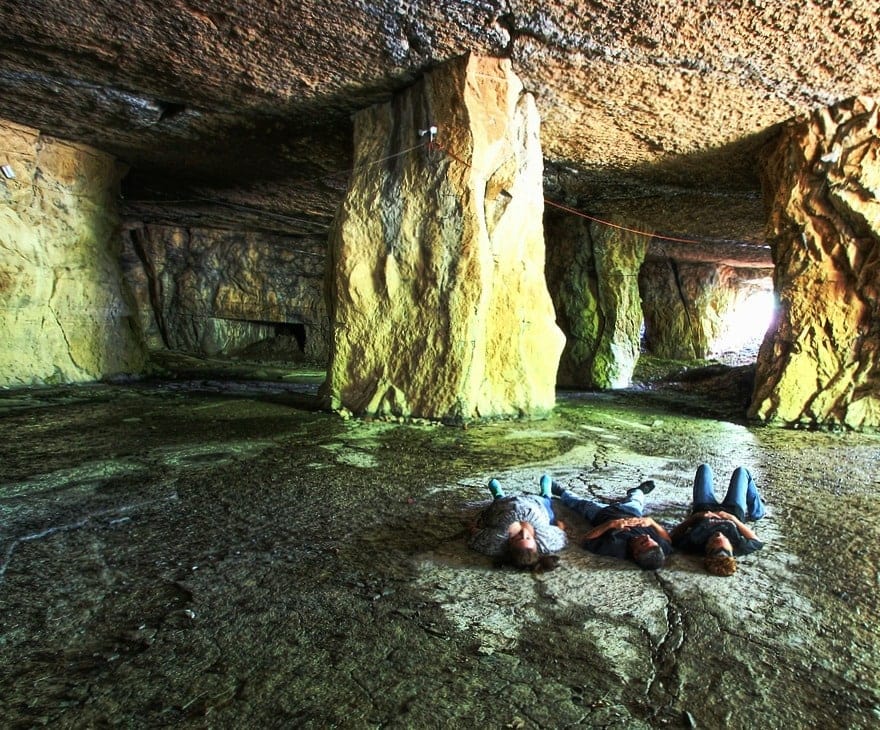The life of Catheryna Rombout Brett — namesake of Scenic Hudson’s Madam Brett Park in Beacon — reads like fiction: A young woman forsakes the big city for the wilderness, carves out a life for herself and young sons following the tragic death of her husband, fends off interlopers, befriends Indigenous neighbors, and through moxie and one brilliant idea after another becomes the nation’s first female real estate tycoon. It’s all true, a great story of courage, will and community-building.
Admittedly, “Mistress Brett,” as she was better known, started with a leg up. From her father, Francis Rombout, onetime mayor of New York City and a successful fur trader, she inherited nearly 30,000 acres in southern Dutchess County. This domain stretched from Fishkill Ridge north to Wappinger Creek and eastward from the Hudson River halfway to the Connecticut border.
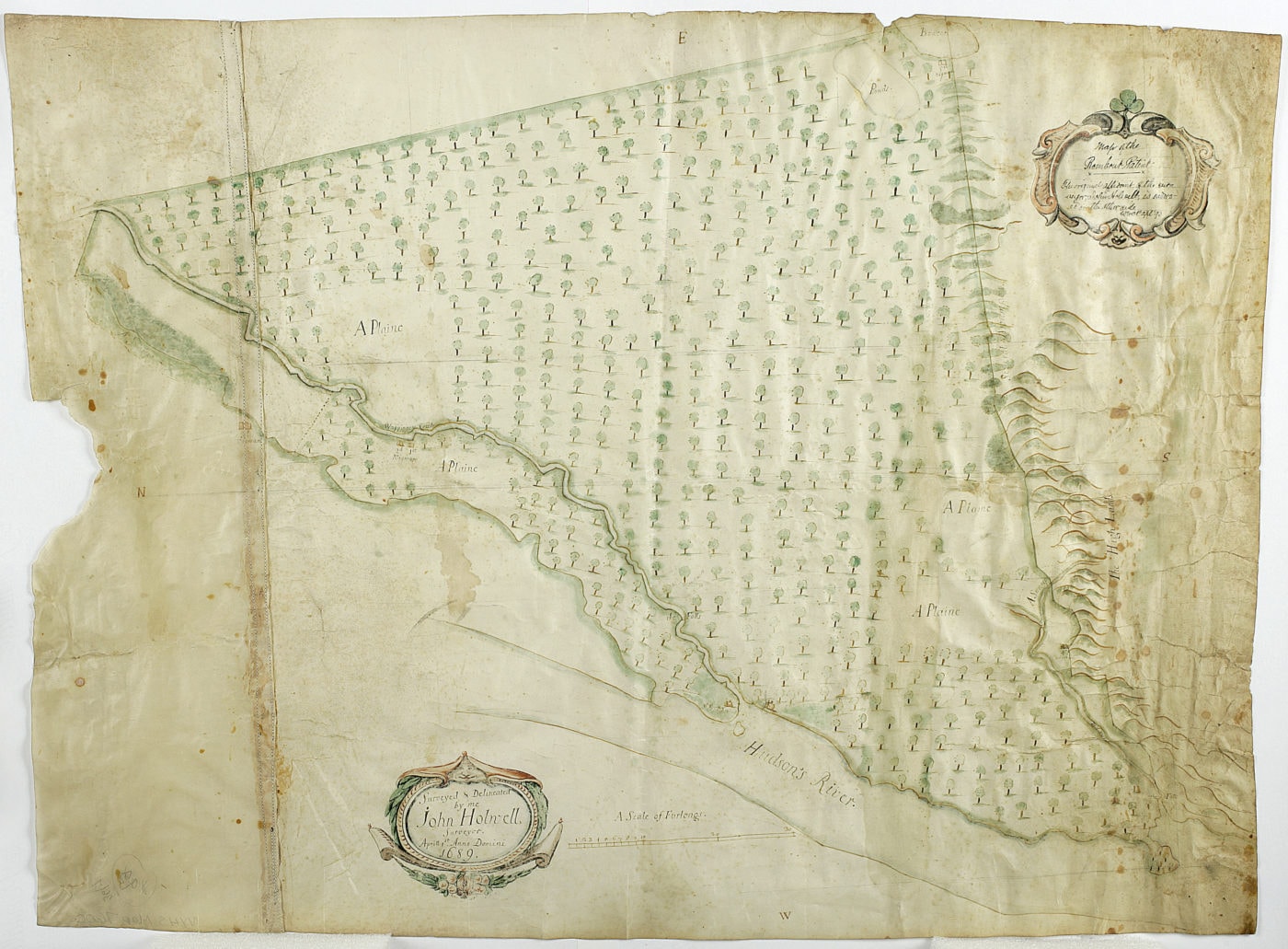
Rombout had acquired this tract in 1683 from leaders of the Wappinger, a confederation of Algonquin-speaking Indigenous people. If the legend surrounding the transaction is true — that when told he could acquire all the land within his sight, Rombout climbed Mount Beacon — it’s yet another example of a purchase that wasn’t a fair, straightforward transaction between equals but part of a larger, ongoing process of dispossession and occupation of Indigenous people’s lands. For 85,000 acres, Rombout and his 2 partners gave the Wappinger people $1,250 worth of guns, blankets, traditional shell-bead wampum and other merchandise.
Nothing in Catheryna Brett’s early life hints at her becoming a pioneer woman. Born in 1683 and left fatherless at age 4, she spent her first 24 years living in a large stone mansion on Broadway in lower Manhattan. She shared it with her mother and for the last 4 years also with her husband, British naval officer Roger Brett. Had Mrs. Rombout not bequeathed her daughter a measly 9 pence upon her death in 1707, the young couple probably would have remained fixtures in the city. Instead, land rich and cash poor, they mortgaged the mansion (which Catheryna Brett also inherited from her father) and sailed upriver to Beacon.
“All roads lead to Madam Brett’s mill”
Did they know what they were getting themselves into? Prior to the young couple’s arrival, one historian notes that there “is no record of Dutch residence, or even of Dutch travel” in Dutchess County (established the same year Francis Rombout completed his land transaction). Other than scattered Indigenous settlements along the river and the King’s Highway linking Manhattan with Albany — barely wide enough to accommodate a horse and rider — the Bretts set foot in a vast wilderness.
Still, they must have sensed its enormous potential. Their first order of business was creating a business: erecting a gristmill powered by Fishkill Creek around 1708. The Bretts also may have lived in this building until the following year, when they moved into a proper 4-room home. It still stands, with additions and modifications from later generations of Mistress Brett’s family, on Beacon’s Van Nydeck Avenue.
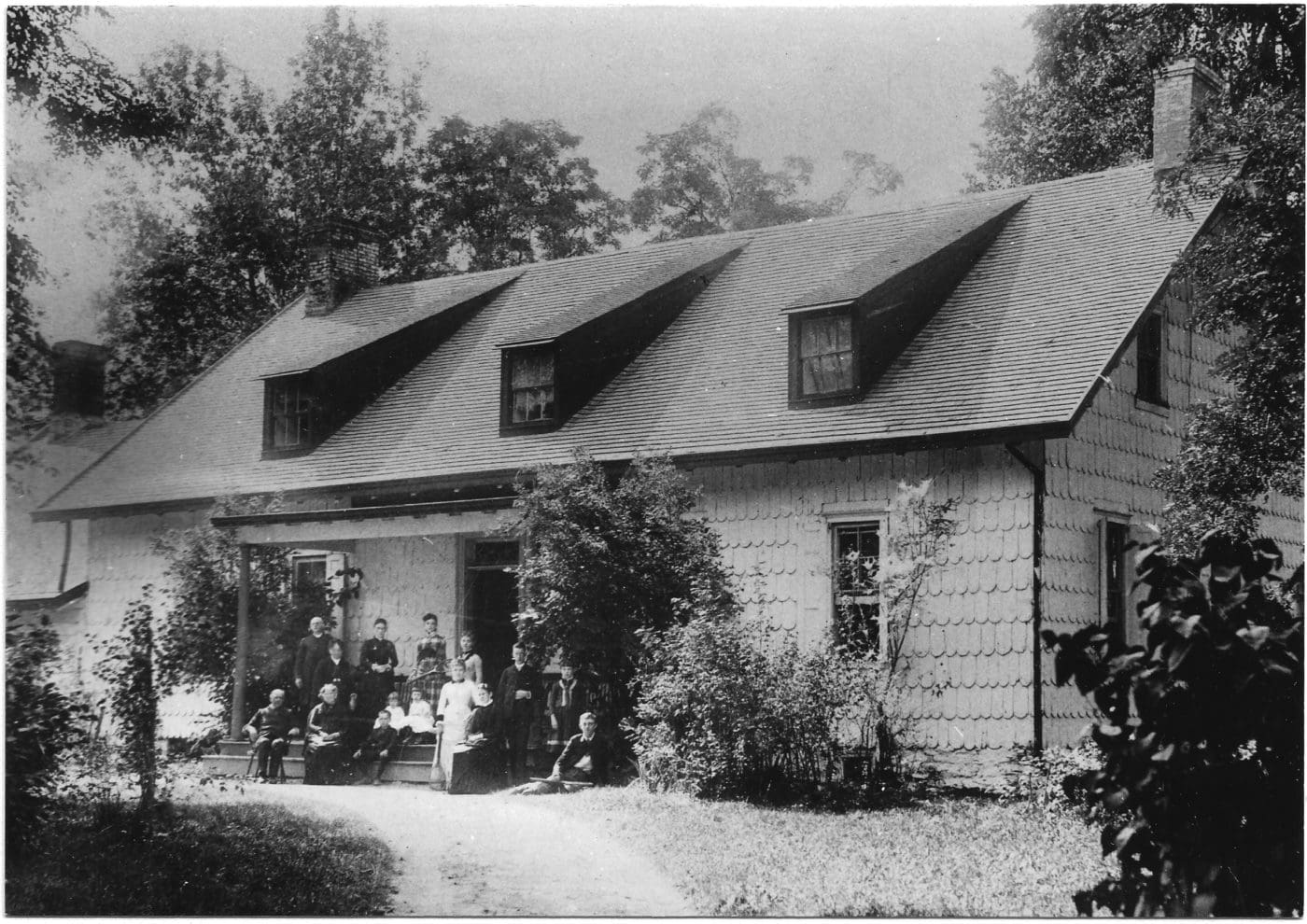
The mill became a huge success, attracting European settlers and Indigenous people from both sides of the river who were tired of grinding their own grain and corn by hand. An early biography relates, “The old saying, ‘All roads lead to Rome,’ might have been translated ‘All roads lead to Madam Brett’s Mill.’” The Bretts made sure one did — to facilitate access to their mill, they had a road constructed from the river to the eastern end of their property line. (It’s now part of NY Route 52.)
From tragedy to tycoon
The Bretts built their business in Beacon for 10 years, with up to 9 enslaved people forced to work for them. During that period, the couple had 3 sons, the latter named Rivery because he was born while his mother was aboard a sloop. That or a similar ship changed the course of Mistress Brett’s life. As her husband sailed homeward during a squall in 1718, he was struck by a swinging boom, thrown overboard and drowned.
In her mid-30s, Catheryna Brett could have remarried — both her father and mother had wed 3 times, and her property holdings alone would have attracted suitors — but there is no evidence she had any inclination. Instead, she pursued new and innovative business opportunities with a vengeance.
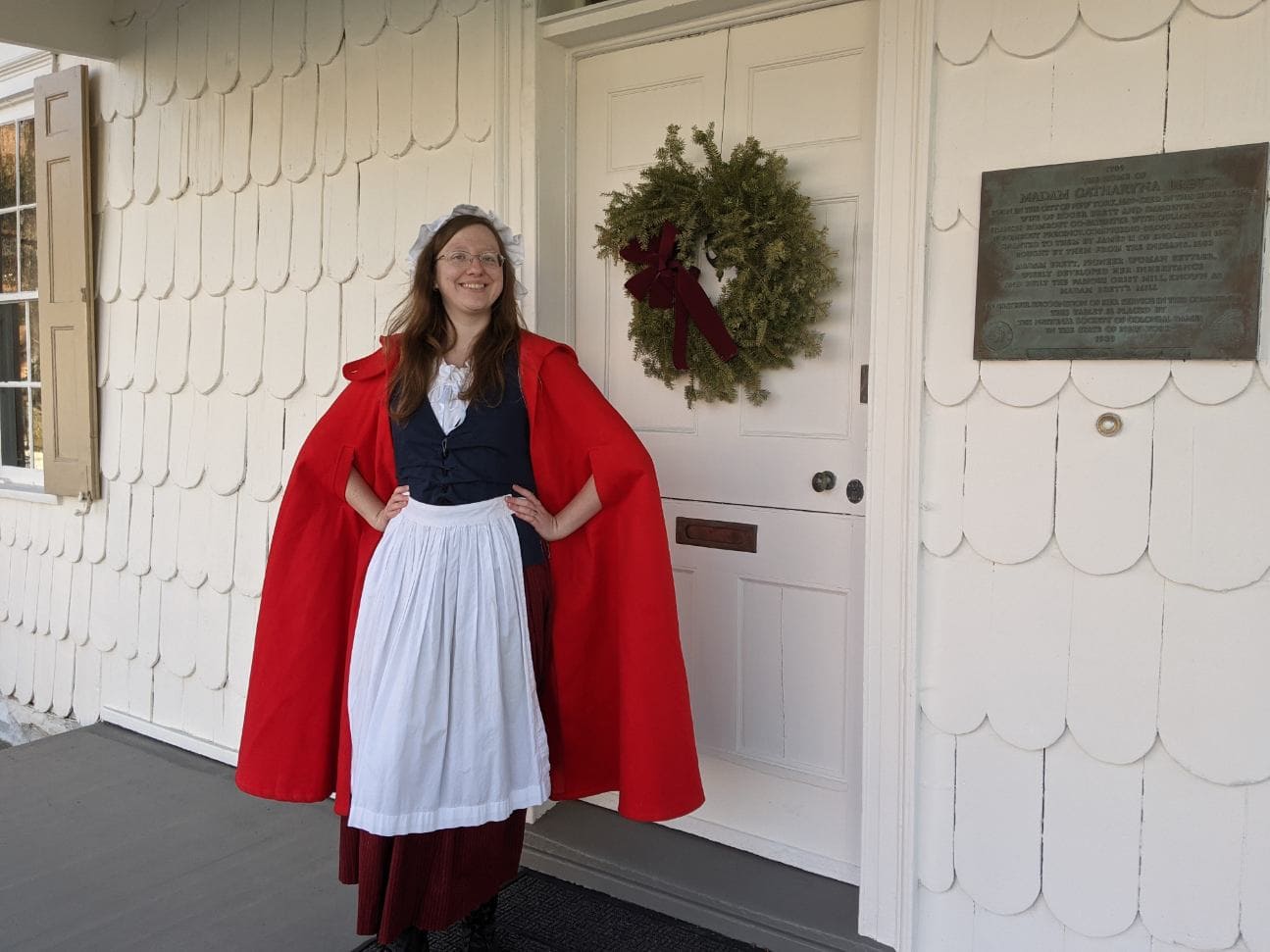
First, she stopped leasing land, the traditional way prominent Hudson Valley landowners like the Livingstons and Van Rensselaers earned money. Instead, she sold acreage outright, and not only to farmers but also to skilled tailors, blacksmiths and brewers. What compelled her to take these unusual steps? One historian has suggested that her motive was not wholly financial. “The occupation of her customers made it clear that Madam Brett was doing more than merely satisfying her own need for cash,” he writes. “She was providing services to those who bought the land by bringing in as their neighbors people who could perform the tasks essential to a primitive, growing society.”
In other words, she wanted to establish communities. A clause added to the contracts of each of her land transactions certainly indicates genuine concern for her new “neighbors.” It offers hope that they “may at all times hereafter freely and quietly possess, enjoy and keep the said tract.” Yet another sign of her interest in their welfare: She allowed purchasers to graze cattle or fell timber on nearby lands not yet sold.
Establishing an agricultural cooperative
But don’t get the impression Catheryna Brett was a pushover. In all of her sales, she retained partial mineral rights on the land and refused the establishment of competing mills. She also kept a sharp eye on her holdings, regularly inspecting her boundary lines on horseback (always wearing a “flaming red cape,” says one account). When she discovered squatters, she had surveys taken and lawsuits filed to get them evicted. Additional keys to her success were an excellent grasp of mathematics and an insistence on precise wording (but not spelling) in all business dealings. That way, no one could “Dessagrie” with her.
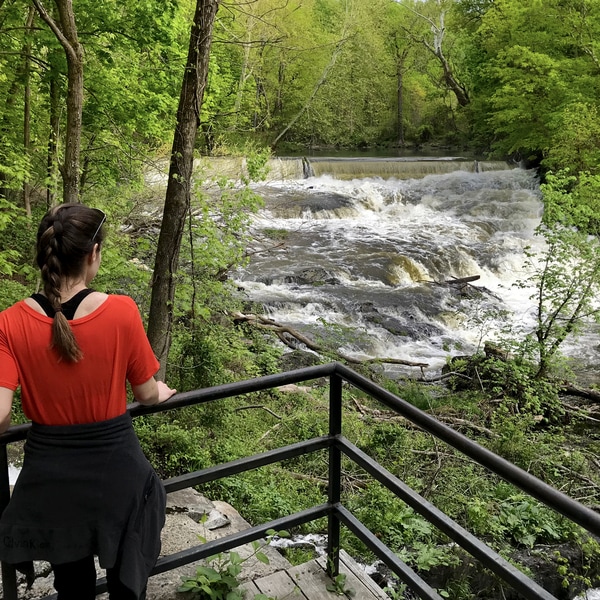
Mistress Brett always maintained cordial relations with Wappinger people. She frequently visited their settlement on the further reaches of her property, near today’s hamlet of Wiccopee, where they resided at no cost. She was particularly friendly with the young Wappinger leader Daniel Nimham, who was killed fighting on the Patriot side during the American Revolution.
Catheryna Brett’s final contribution to the valley’s future occurred in 1743, when she partnered with 21 men to establish the Frankfort Storehouse, the region’s first large-scale agricultural cooperative. Each partner held shares in a warehouse constructed on the river near Dennings Point. Produce was collected there for shipment to New York City, often on Mistress Brett’s sloop. Shareholders agreed on prices beforehand, ensuring all profited equally. Proof of its success, the venture remained in business until 1840.
By the time Catheryna Brett died in 1764, she had sold almost all of her land. No photographs, paintings or other images of her have ever been found. Today, the local Daughters of the American Revolution chapter maintains her house as a historic site. Part of Fishkill Creek, the stream she situated her mill along, is now a Scenic Hudson Park, a place everyone can enjoy nature. Perhaps most important of all is her living legacy: communities in southern Dutchess County such as Beacon and Fishkill that can trace their existence to this visionary woman who made it possible for residents to “freely and quietly possess” their homes.


